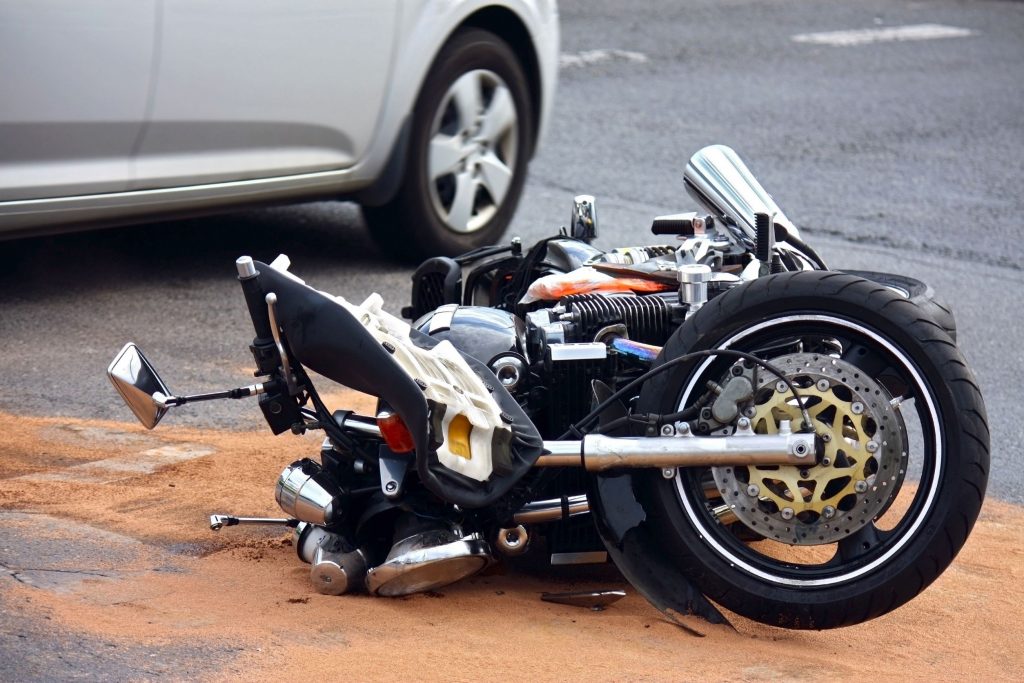Texas Motorcycle Laws and Regulations
- Motorcycles are subject to annual inspections in which it is required for them to have:
- A steering device
- A braking system
- Tires
- An exhaust system
- A Wheel Assembly
- A horn
- At least one side mirror
- At least one headlamp
- At least one tail light
- At least one brake light
- A license plate light
- At least one rear red reflector
- A motor, serial, or vehicle ID number.
- All riders and passengers must wear a helmet that passes the Federal Motor Safety Standard #218.
- A rider or passenger may be exempt from the helmet law if he passes a Department-approved Motorcycle Operator Training Course, or if he has at least $10,000 of medical insurance.
- You may only carry a passenger on your motorcycle if your motorcycle has a fixed passenger seat, passenger foot rests, and grab bars.
- Passengers on a motorcycle must be at least five years old.
- You must have a class M license to ride a motorcycle.
- You must be at least 16 years old, pass a Department of Public Safety approved Basic Motorcycle Operator Training Course, and have a valid class A,B or C license in order to apply for a class M license.
- You must follow standard traffic laws when you ride a motorcycle.
- You must have at least $30,000 of bodily damage or death insurance for each person involved in a crash ($60,000)
- You must have at least $25,000 property damage insurance per accident.
- Your motorcycle’s headlight must be on when you ride, unless your motorcycle was manufactured before 1975.
Safety Tips
- Wear protective clothing.
You will be exposed to the weather and debris whenever you ride on your motorcycle, so dress appropriately. Make sure to wear durable pants and a thick longsleeve jacket. Wear heavy boots and gloves to provide better comfort and can help some riders when they shift gears. - Know what to do in case of a crash.
A crash can happen to anyone. It’s simply better to hope for the best, but prepare for the worst. Keep relevant medical information on you when you ride, and keep a first aid kit in your motorcycle if possible. Some outfits that are made by motorcycle companies have armor sewed into the clothing, which may help protect you from injuries from sliding. Make sure that your helmet is DOT approved (indicated by a tag at the back of the helmet) and that it fits securely to your head. - Invest in additional insurance.
It’s always better to have insurance and not need it than the other way around. Minimum insurance will not cover you in several situations, so you may want to consider additional policies like:- Liability coverage is a necessity, it will cover you if you are found liable for a crash.
- Comprehensive coverage will compensate you for damage to your motorcycle that isn’t caused by another vehicle collision (like theft, weather damage, crashing into a tree, etc.).
- Uninsured motorist coverage will pay for property damage and medical expenses if someone crashes into you who is uninsured or does not have adequate insurance to cover your damages.
- Roadside assistance can get you off the road and repair your motorcycle if you break down on the side of the road. You might know how to fix your bike, but you probably don’t want to be stuck making repairs on the side of the road.

